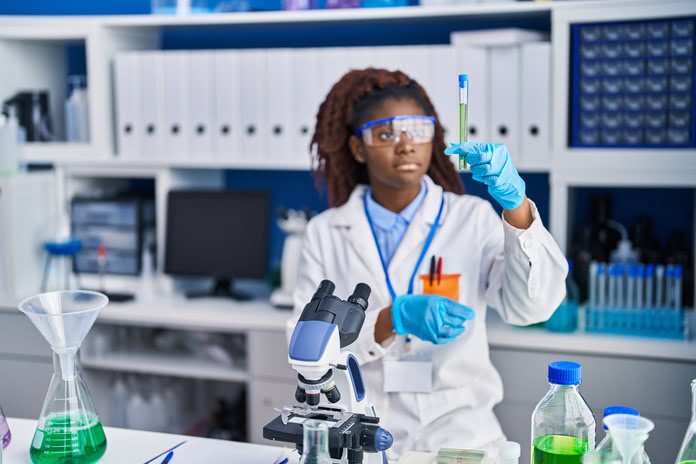Thermo Fisher Scientific’s (NYSE:TMO) business outlook has been adversely affected by decreasing COVID-19 sales and sluggish economic activity, particularly in China. Additionally, the volatility in currency exchange rates continues to impede the company’s revenue growth.
During the peak of the COVID-19 pandemic, Thermo Fisher’s biosciences and bioproduction sectors ramped up their capabilities to meet the heightened requirements of pharmaceutical and biotech clients involved in global vaccine production.
Nonetheless, over the past several quarters, Thermo Fisher has witnessed a sustained reduction in demand for COVID-19 testing-related products. This trend is projected to persist throughout 2023 due to declining demand for testing, therapies, and vaccines from customers. Notably, sales of products associated with COVID-19 testing plummeted by 87.3% in the second quarter of 2023. Throughout the initial half of 2023, sales experienced a downturn across major regions due to decreased interest in COVID-19-related merchandise.
Moreover, Thermo Fisher’s exposure to international markets, responsible for over 50% of its revenue, makes it susceptible to the impact of currency fluctuations. Foreign exchange rates have significantly influenced the company’s earnings in recent years.
The challenging global economic environment, coupled with a sluggish recovery in China, has taken a toll on Thermo Fisher’s growth trajectory. The company has been grappling with headwinds in government and academic sectors. Furthermore, several European countries are facing adversity that could potentially constrain their academic budgets. Caution is advised, as growth may further decelerate in the event of a deteriorating economic landscape.
In the second quarter of 2023, Thermo Fisher observed a year-on-year decline in sales across North America and the Asia Pacific region.
On a positive note, Thermo Fisher is experiencing growth across most of its end markets. Particularly noteworthy is the expansion of capacity within the biosciences and bioproduction units, aligning with the increased production needs of pharmaceutical and biotech partners striving to meet global vaccine demands.
Furthermore, the pharma services division has been instrumental in assisting pharmaceutical and biotech clients in the development and production of vaccines and therapies on a global scale. In the second quarter, the pharma and biotech end market exhibited the most robust growth within the company’s portfolio.
In the academic and government sector, Thermo Fisher achieved high single-digit growth in the quarter. Strong growth was observed in businesses specializing in electron microscopy, chromatography, and mass spectrometry, as well as the research and safety market channel. In the industrial and applied sectors, modest single-digit growth was recorded during the same period, with the analytical instruments division witnessing the strongest growth.
Simultaneously, Thermo Fisher’s Gibco Cell Culture for Bioprocessing, Chromatography, and Protein Purification has garnered substantial demand. The bioproduction unit continues to provide premium solutions and services to developers and manufacturers of biological therapeutics and vaccines, with a focus on upstream cell processes. According to our projections, Thermo Fisher’s LifeScience segment is anticipated to achieve a growth rate of 4.2% in 2024.
Over the past year, shares of TMO have declined by 9.9%, contrasting with the industry-wide decline of 5%.
Featured Image: Freepik @ krakenimages.com








